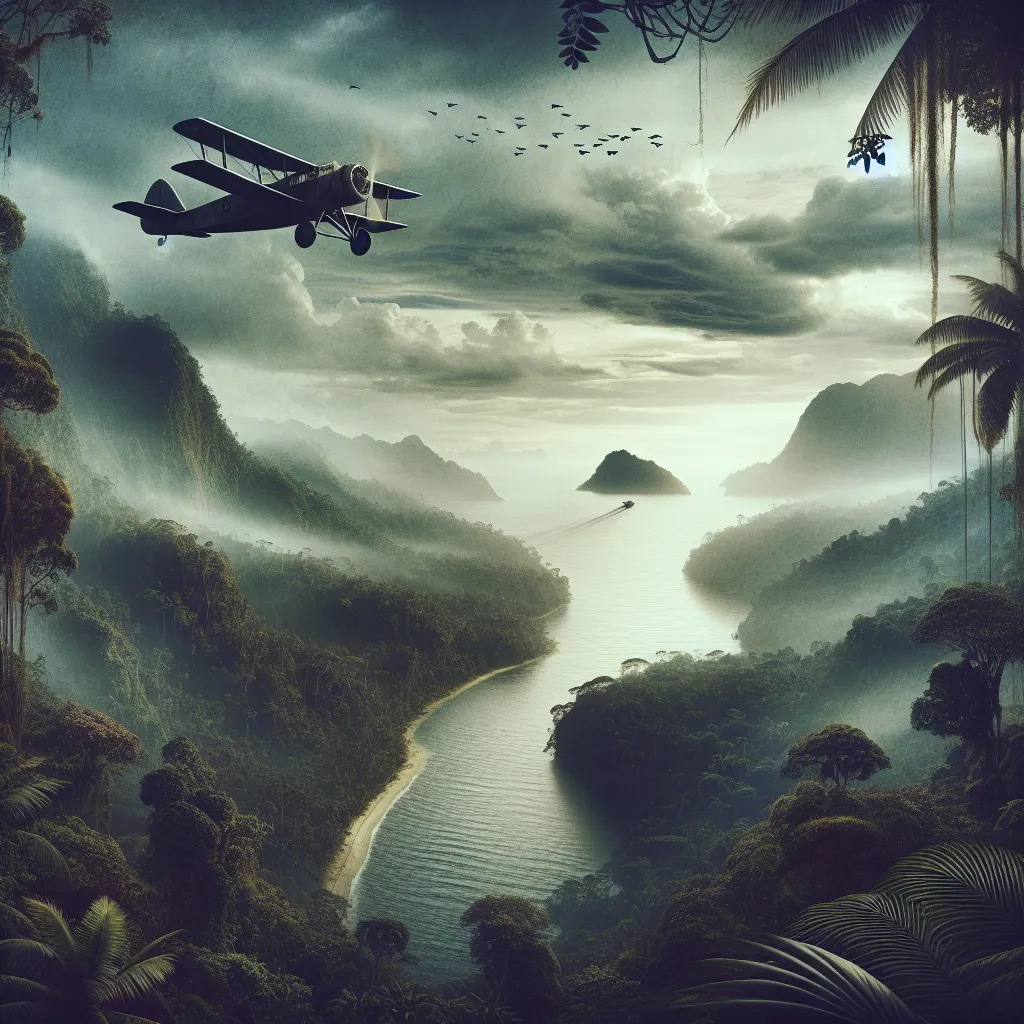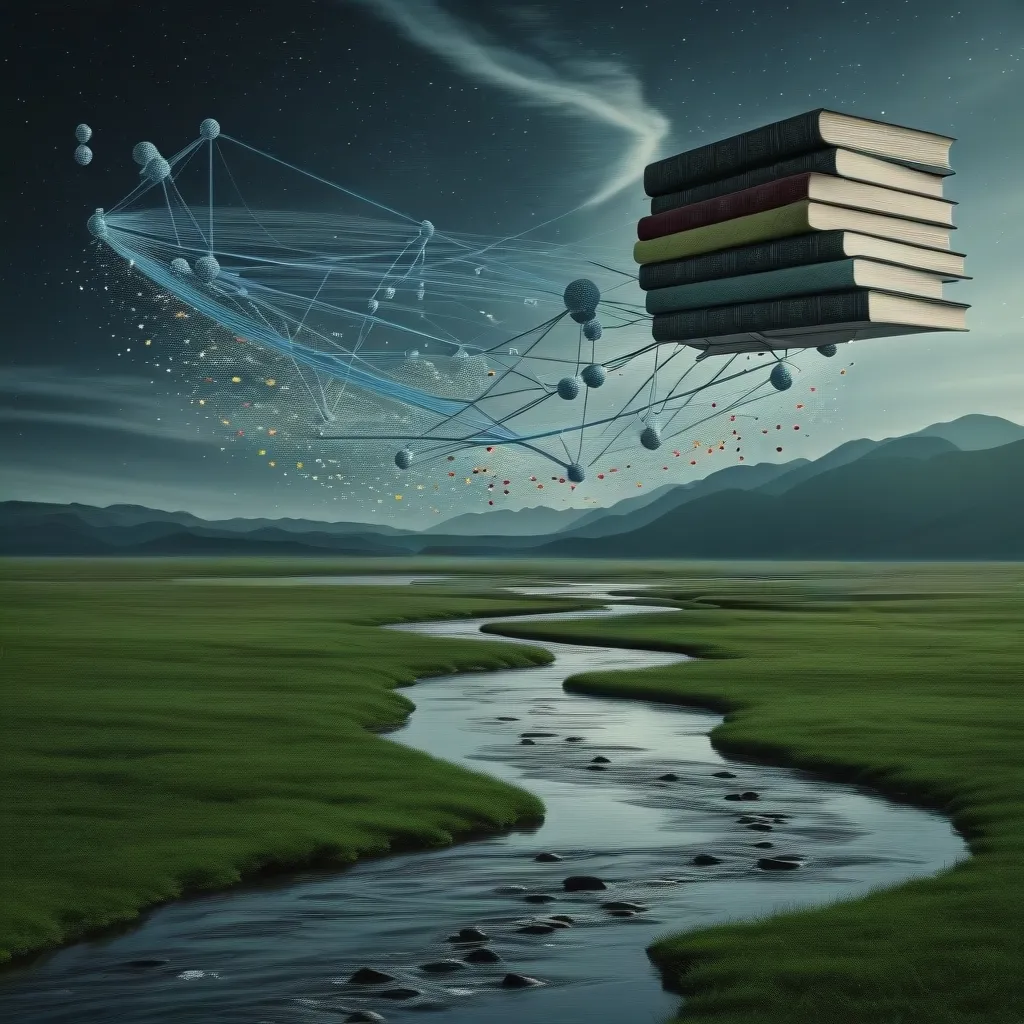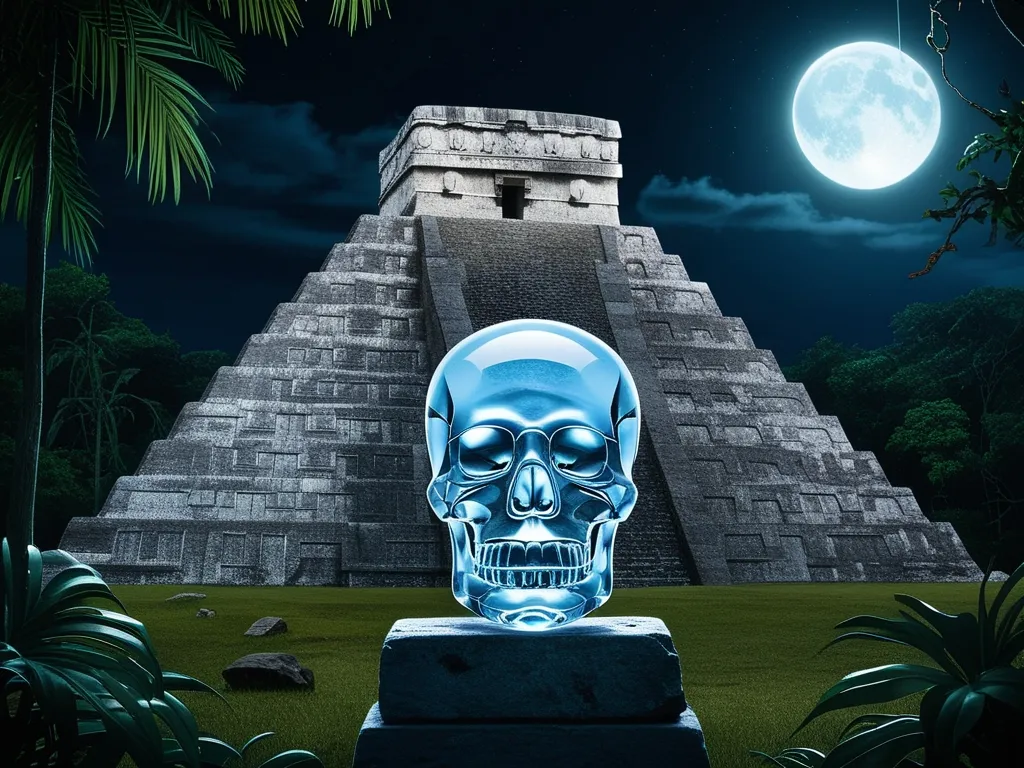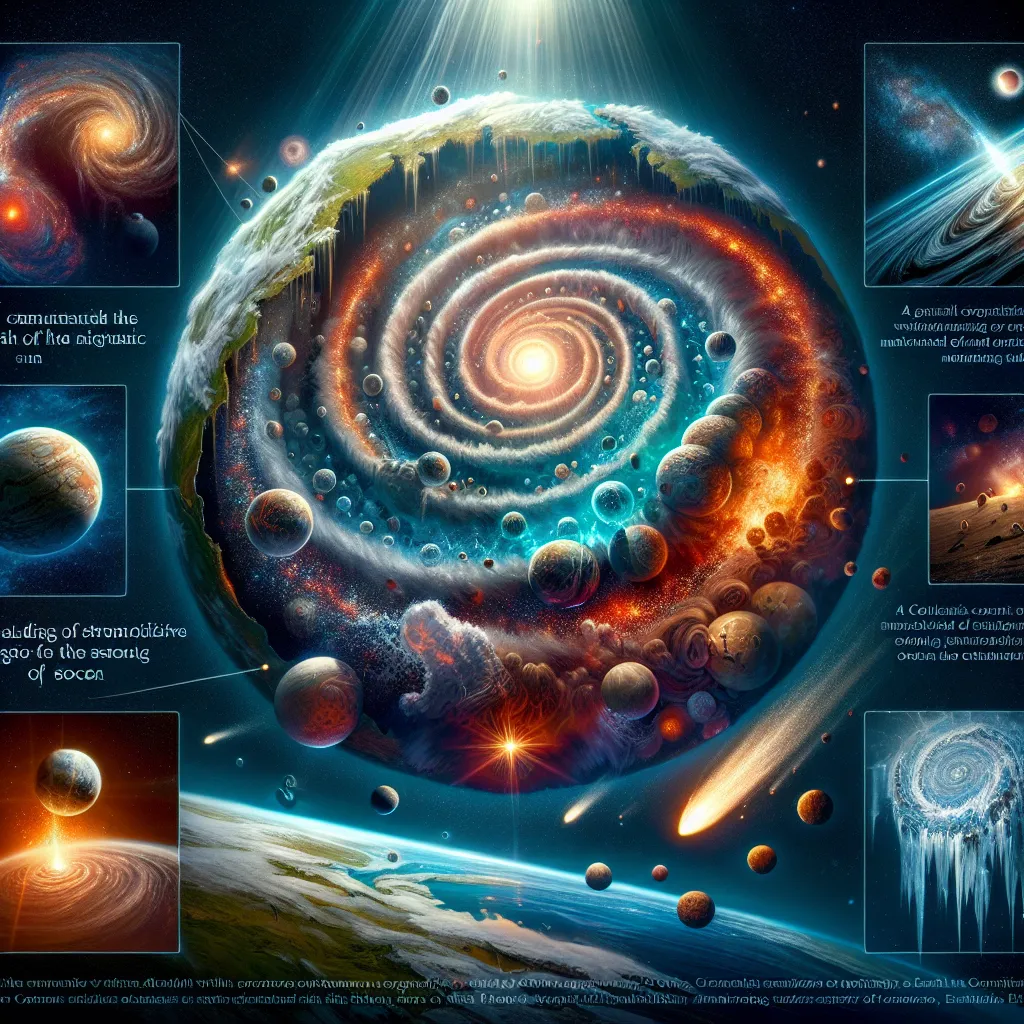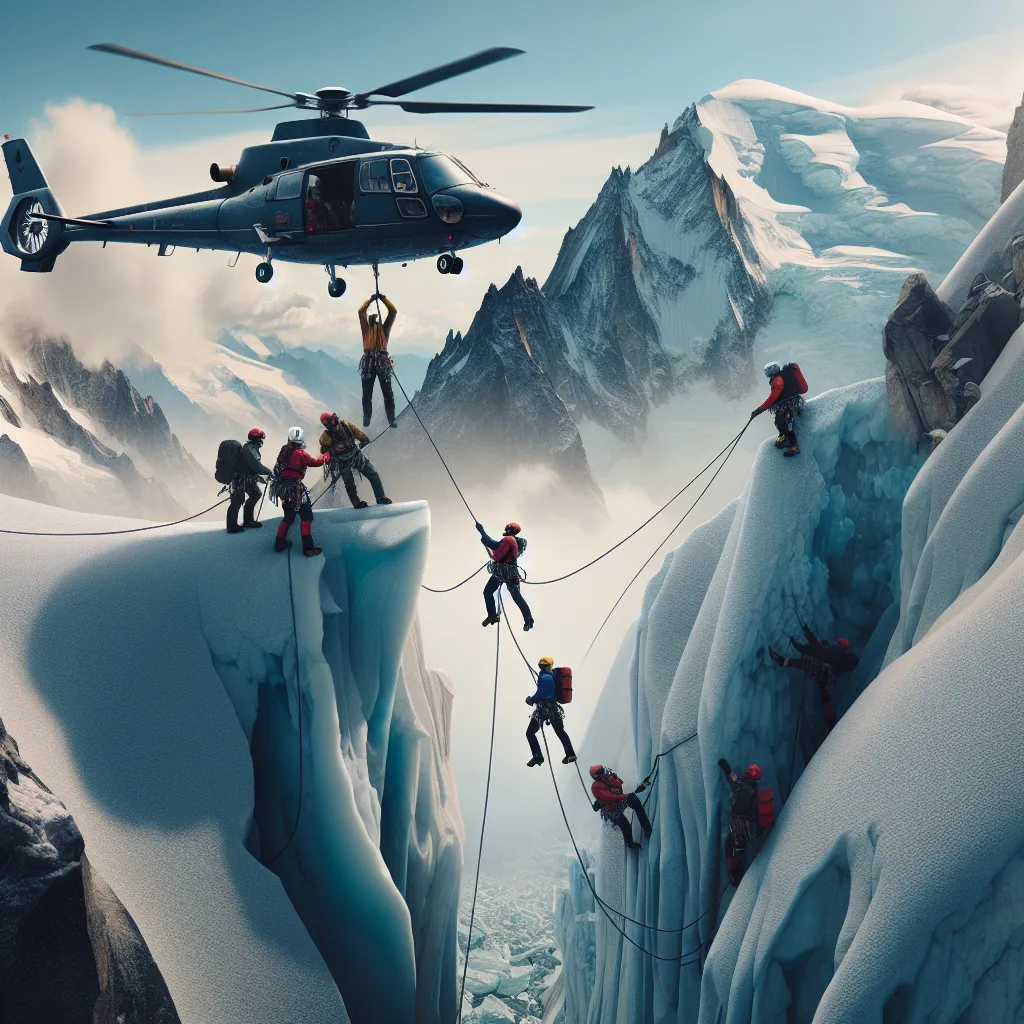Papua New Guinea, an untamed jungle island in the vast Pacific, has long held onto one of aviation’s greatest mysteries. In 1937, Amelia Earhart took off from this remote land and then vanished without a trace. Today, equipped with advanced technology, experts are scouring the Pacific to uncover what happened to the “Queen of the Skies.”
Nowadays, international travel is a breeze. Thousands of planes fly across the globe, guided by satellite navigation systems. But back in Amelia’s time, getting lost was part of the job. With merely a compass to guide her, Amelia was a pioneering aviator, opening up the air routes we comfortably fly today. Her ventures captivated the world, and her disappearance has been a puzzle for decades.
When Amelia set her sights on flying around the world in 1937, it was her most daring endeavor. By the time she reached Papua New Guinea, she had successfully completed two-thirds of her journey. However, on her final takeoff on July 2nd, 1937, she and her navigator Fred Noonan disappeared. Despite an extensive search ordered by President Roosevelt, no trace of them was found.
Theories about her fate have ranged from being captured by the Japanese to living out her days as a castaway. The most enduring speculation centered around the Phoenix Islands, where some evidence like a woman’s shoe from the 1930s and unidentified bones was found, though conclusive proof remained elusive.
A breakthrough came when Elgin and Marie Long discovered the Chater Report, shedding light on her fuel consumption and flight conditions. The report indicated that she battled headwinds and possibly missed her mark due to faulty altitude and speed management, leading to fuel exhaustion much earlier than expected.
Amelia’s final hours saw her desperately trying to contact the Itasca ship by radio, but miscommunication and broken equipment thwarted these efforts. She was estimated to be only about 100 miles from her target, Howland Island, when her fuel ran out, and she sent her last transmission.
A group of amateur radio enthusiasts and deep-sea experts have been hard at work, piecing together her final flight track using modern technology and historical data. Their efforts have led to a high-probability search area near Howland Island where they believe they can uncover the wreckage of the Electra.
If the search proves successful, it would mark the conclusion of an era-long mystery and provide closure on Amelia Earhart’s final adventure. For now, she continues to inspire as a fearless trailblazer whose legacy touches every corner of modern aviation.
